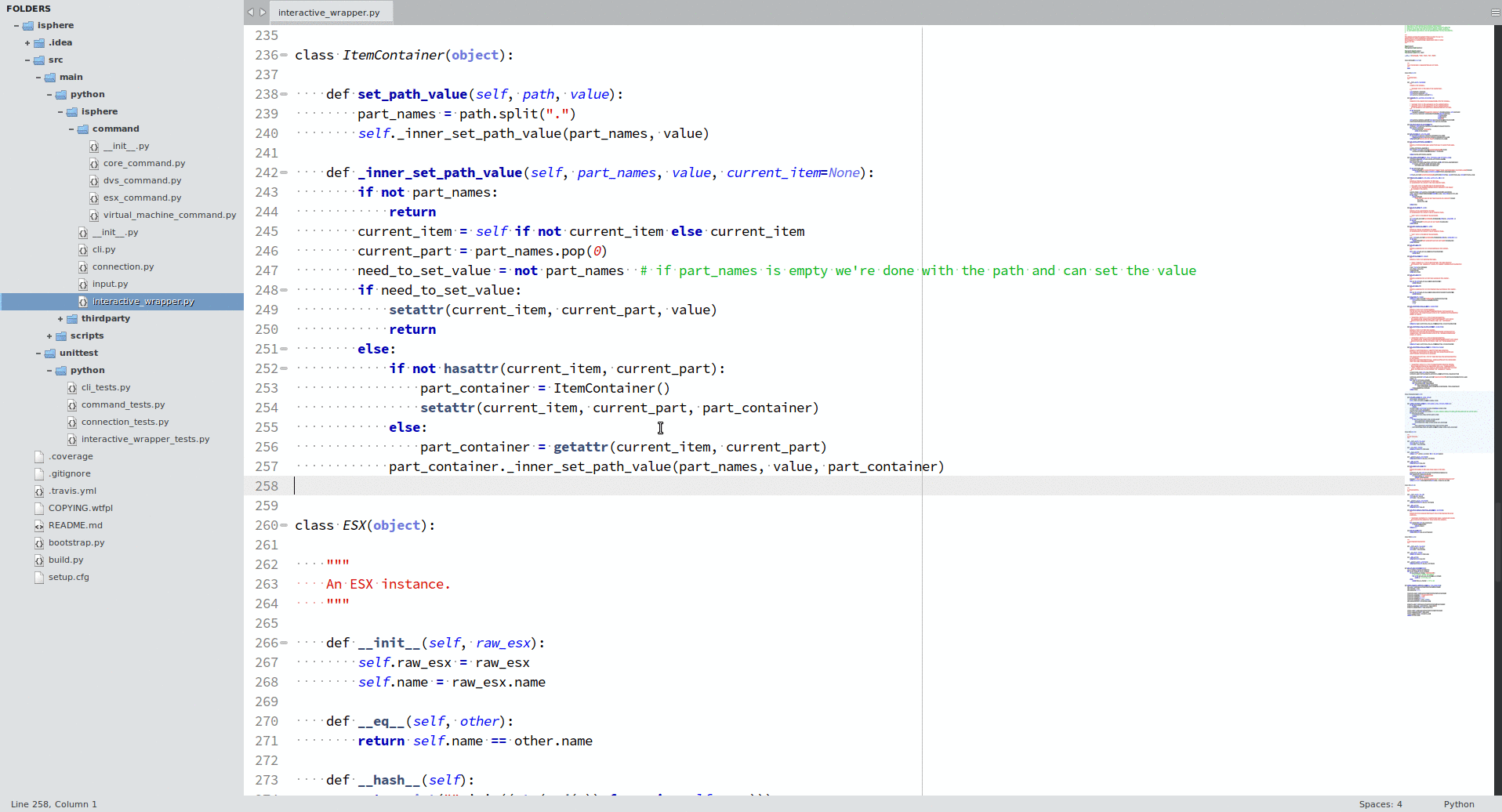PyBuilder
Sublime text 3 plugin for PyBuilder
Details
Installs
- Total 3K
- Win 2K
- Mac 532
- Linux 725
| Dec 16 | Dec 15 | Dec 14 | Dec 13 | Dec 12 | Dec 11 | Dec 10 | Dec 9 | Dec 8 | Dec 7 | Dec 6 | Dec 5 | Dec 4 | Dec 3 | Dec 2 | Dec 1 | Nov 30 | Nov 29 | Nov 28 | Nov 27 | Nov 26 | Nov 25 | Nov 24 | Nov 23 | Nov 22 | Nov 21 | Nov 20 | Nov 19 | Nov 18 | Nov 17 | Nov 16 | Nov 15 | Nov 14 | Nov 13 | Nov 12 | Nov 11 | Nov 10 | Nov 9 | Nov 8 | Nov 7 | Nov 6 | Nov 5 | Nov 4 | Nov 3 | Nov 2 | Nov 1 | |
|---|---|---|---|---|---|---|---|---|---|---|---|---|---|---|---|---|---|---|---|---|---|---|---|---|---|---|---|---|---|---|---|---|---|---|---|---|---|---|---|---|---|---|---|---|---|---|
| Windows | 0 | 0 | 0 | 0 | 0 | 0 | 1 | 0 | 1 | 0 | 0 | 0 | 0 | 0 | 0 | 0 | 1 | 0 | 0 | 0 | 0 | 0 | 0 | 0 | 0 | 0 | 0 | 0 | 0 | 0 | 0 | 0 | 0 | 0 | 0 | 0 | 0 | 0 | 0 | 0 | 0 | 0 | 0 | 0 | 0 | 1 |
| Mac | 0 | 0 | 0 | 0 | 0 | 0 | 0 | 0 | 0 | 0 | 0 | 0 | 0 | 0 | 0 | 0 | 0 | 0 | 0 | 0 | 0 | 0 | 0 | 0 | 0 | 0 | 0 | 0 | 0 | 0 | 0 | 0 | 0 | 0 | 0 | 0 | 0 | 0 | 0 | 0 | 0 | 0 | 0 | 0 | 0 | 0 |
| Linux | 0 | 0 | 0 | 0 | 0 | 0 | 0 | 0 | 0 | 0 | 0 | 0 | 0 | 0 | 0 | 0 | 0 | 0 | 0 | 0 | 0 | 0 | 0 | 0 | 1 | 0 | 0 | 1 | 0 | 0 | 0 | 0 | 0 | 0 | 0 | 0 | 0 | 0 | 0 | 0 | 0 | 0 | 0 | 0 | 0 | 0 |
Readme
- Source
- raw.githubusercontent.com
sublime_pybuilder
Sublime text 3 plugin for PyBuilder.

Features
- Real-time output
- Minimal configuration if you use Anaconda or SublimePythonIDE as it reuses the settings
- Does not block so you can work or check out what to do next while building.
- pyb-init support built-in
Installation
Install it with package control.
Usage
Several commands will be made available to you through the command palette. You can use them to :
- Run PyBuilder (implies default tasks)
- Show the coverage of your project (using PyBuilder)
- Clean your project
- Run unit tests
- Run integration tests
- Analyze (lint, etc.) your project
- Publish your project
- Verify your project
- Run pyb-init on your project
Mandatory configuration
sublime_pybuilder expects two project settings to be present:
python_interpreterThis is the path to your python interpreter. Could be your system python or a virtualenv.project_rootThe root of your project where the build descriptor (build.py) is located.
Here's what your project settings might look like :
{
"folders":
[
{
"follow_symlinks": true,
"path": "/home/mriehl/workspace/yadtshell"
}
],
"settings":
{
"python_interpreter": "/home/mriehl/workspace/yadtshell/venv/bin/python",
"project_root": "/home/mriehl/workspace/yadtshell",
"extra_paths": ["home/mriehl/workspace/yadtshell/src/main/python"]
}
}
I'm using Anaconda so I added the project sources with the extra_paths setting so that autocompletion and goto definition work. It is not necessary for sublime_pybuilder to work.
Special case - only if you want to work on the PyBuilder project itself!
In order to build pybuilder, you need to run a bootstrapping script.
This script must be run with the right python interpreter in order to see your packages.
Thus we need to specify the path to the bootstrapping script additionally with the setting pyb_path.
My settings are:
{
"folders":
[
{
"follow_symlinks": true,
"path": "/home/mriehl/workspace/pybuilder"
}
],
"settings":
{
"python_interpreter": "/home/mriehl/workspace/pybuilder/venv/bin/python",
"pyb_path": "/home/mriehl/workspace/pybuilder/bootstrap",
"project_root": "/home/mriehl/workspace/pybuilder"
}
}
Optional configuration
sublime_pybuilder_output_panel_color_schemecan be set to a color scheme you like (the default is"Packages/Color Scheme - Default/Monokai.tmTheme"). It will be used for the output panel.
